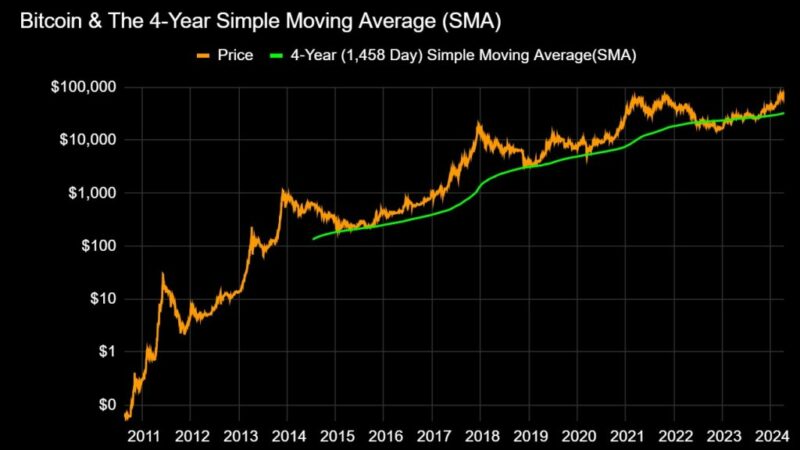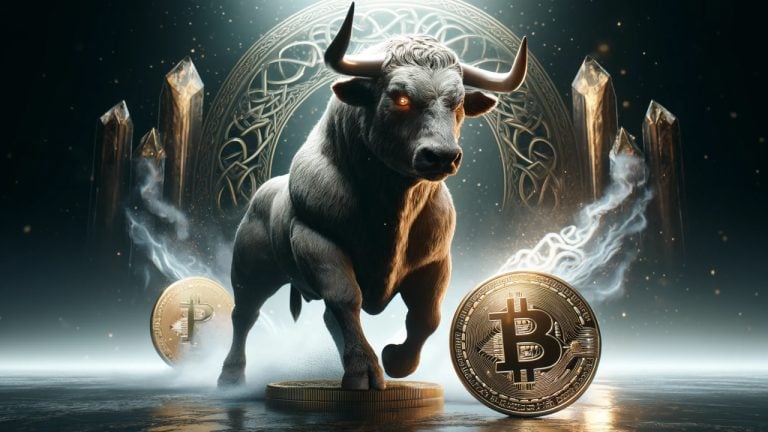How NFTs are creating a patronage economy for creators and collectors
It’s the latest craze – being able to tokenize an artwork that anyone can sell online securely.
If you are still unaware of NFTs, it is an advancement of distributed ledger technology that represents a unique item. This item can be digital or physical, like a painting, plain ticket, real-estate property, in-game item, digital artwork, etc.
Since NFTs are connected to a blockchain network, buyers can trace the origin of the collectible and prove its authenticity. On the other hand, artists can prove the ownership of their artwork.
Without going into the technical concepts, let’s try to understand the use case of NFTs, which might help us figure out their purpose and, more importantly, value.
A Unique Item – The Common Theme of NFTs
As everyone – from comic artists to musicians – is using non-fungible tokens, it becomes difficult to wrap our heads around their real use case. To make it clear, NFTs represent anything unique.
It could be a plane ticket, signature of a celebrity, digital painting, in-game items, Monalisa, your time, or any valuable item that someone is willing to buy for a specific price. All a user needs to do is connect the artwork/item to a blockchain network that supports NFTs standards, for example, Ethereum, Binance Smart Chain, and Polygon.
For beginners or people who aren’t tech-savvy, marketplaces like OpenSea, BakerySwap, and Rarible exist that allow them to attach their artwork to a blockchain. After integration, users can put their items for auction or sell them directly.
Superare offers a way to sell directly, whereas Auctionity enables artists to auction their work/item. Now that we know NFTs are indistinguishable and unique, let’s find out their use cases.
NFTs for Digital Artists and Creators
Blockchain technology has become a great prospect for digital creators as it allows them to tokenize a digital painting, blog post, song, rap, logo, or any valuable, digital piece in the form of an NFT. Creators usually don’t get anything in return for their work. However, with the advent of NFTs, artists can prove the ownership of their artwork and earn money from it.
Marketplace – Nifty Gateway
The growing interest in NFTs brought in several marketplaces that digital creators can use to sell their work. The most popular is Nifty Gateway, a blend of blockchain tech and collectible artwork. The platform became prominent in the NFT industry after Beeple, a digital artist, sold his digital collage for over $69 million.
Owned by the famous Winklevoss brothers, Nifty allows artists to upload their artwork to Nifty Gateway Omnibus Wallet using the MetaMask wallet. Once uploaded, buyers can place their bid to buy an underlying item. The platform charges a 5% fee on the sale plus 30 cents to cover the transaction fee.
Luxury and Lifestyle
NFTs no longer just have a digital connotation, they also represent a unique piece of luxury lifestyle product. Not just any real-world good, but limited edition luxury items, a watch, purse, beauty accessories, wallet, to name a few. The non-fungibility of these assets makes them exclusive and unique. Instead of putting a price on a luxurious item, the market demand sets the value of its NFT. The luxury industry also uses the same logic of scarcity to make an item valuable. Moreover, with NFTs, companies or creators no longer have to worry about the copy of the luxury products because users will always be able to verify their authenticity and ownership.
Marketplace – Bling
Launched by Trace Network on Polygon, Bling is the world’s first NFT marketplace for limited-edition luxury and lifestyle products. The platform allows users to connect their wallets to buy listed NFTs. After purchasing an NFT, buyers can claim the associated physical item. The manufacturer will then send it to the customer, irrespective of the location. Since Bling Network uses Polygon to create NFTs, the items listed on the platform can be traced back to their respective companies.
Collectibles
Cryptokitties started the collectible mania in 2017. However, the bear market of 2018 and 2019 slowed down their pace. NFTs represent a unique case for collectibles as they allow users to verify the ownership and uniqueness of an item. A trading card, video clip, or an image – all these things present NFT collectibles. This new dimension of investment commodities has opened floodgates from several platforms. For example, NBA Top Shot has already sold basketball snippets worth $100 million. With NFTs in mind, baseball-card maker Topps is also planning to enter the space.
Marketplace – EBay
Ebay, a renowned e-commerce marketplace, recently entered the blockchain realm by enabling users to trade NFTs. The company has invested heavily in infrastructure for collectibles like trading cards and other items, which users can verify before purchasing. Since eBay started less than two weeks ago, it initiated the NFT market only for a smaller group of verified sellers.
Final Words
As you probably know by now, the use cases of NFTs are limited only by our imagination. Indubitably, NFTs have a great potential to play an integral part in creating an ideal economy for artists and collectors.
Though the concept is old, the last few months have been a wild ride for both the creators and collectors. While the collectible market brought large amounts of money to the blockchain industry, it is majorly driven by speculation. The market has more speculators than collectors. Therefore, only time will tell if the craze continues or slows down in the near future.
The post How NFTs are creating a patronage economy for creators and collectors appeared first on CryptoSlate.


